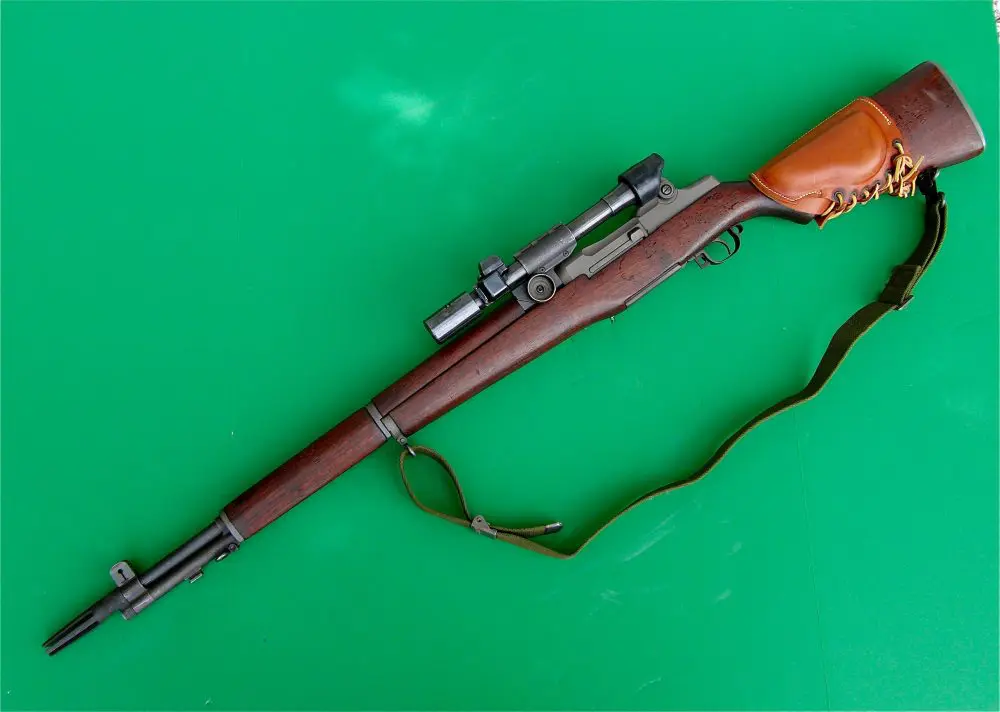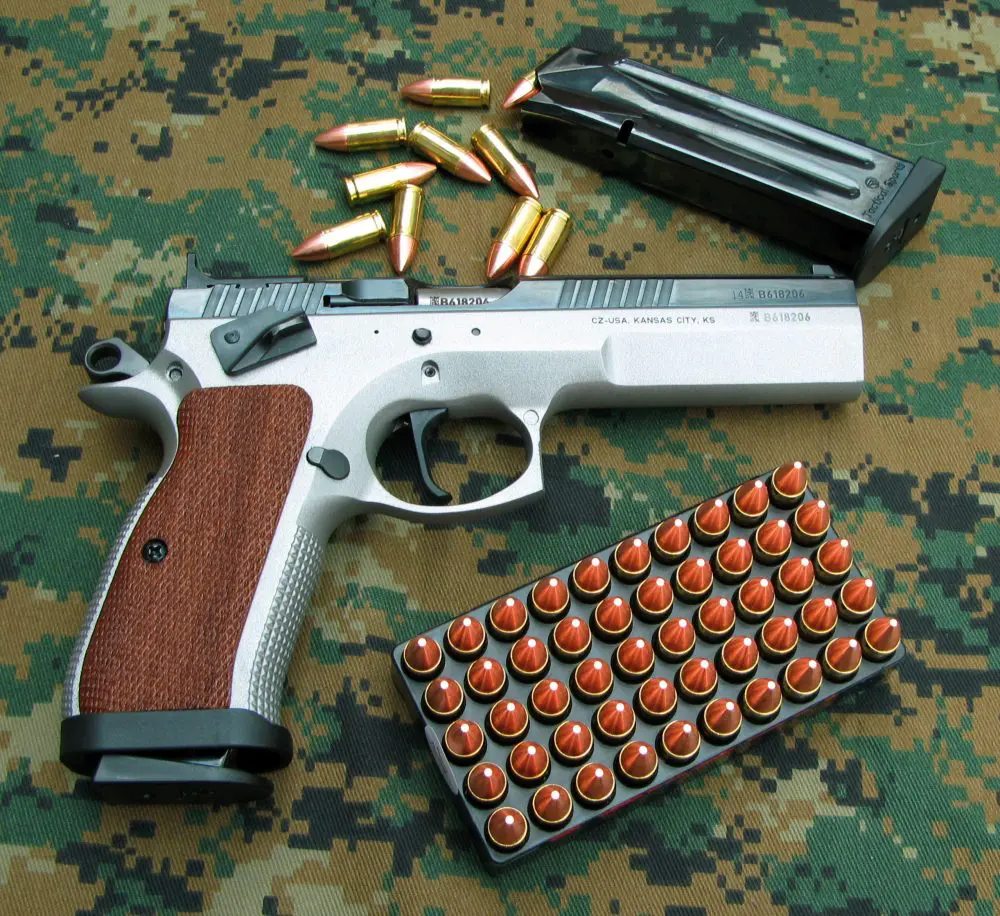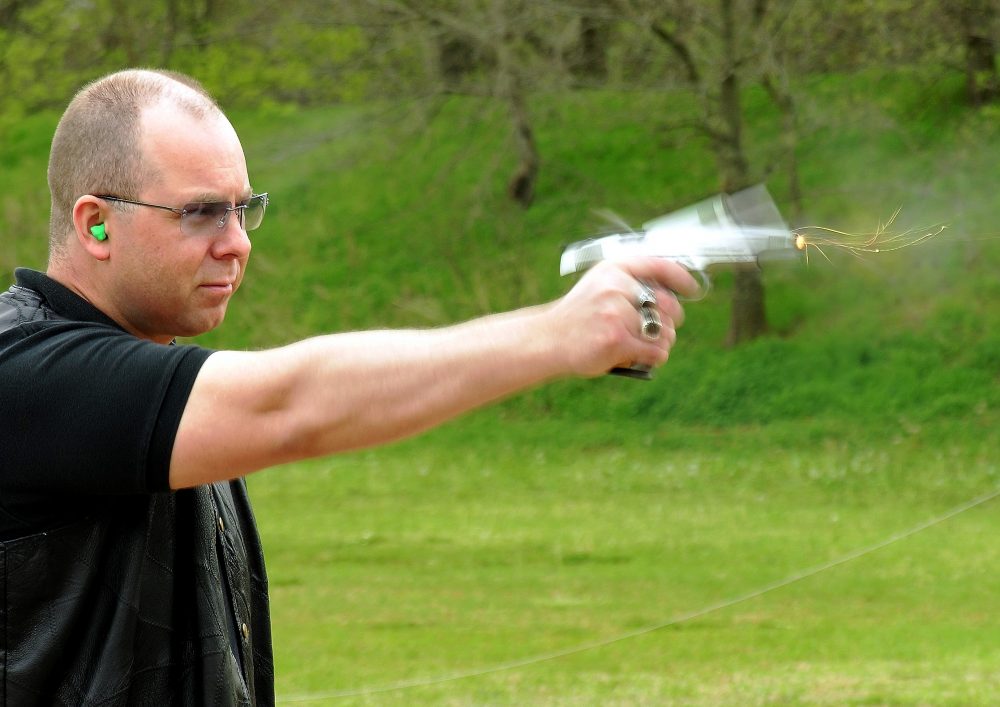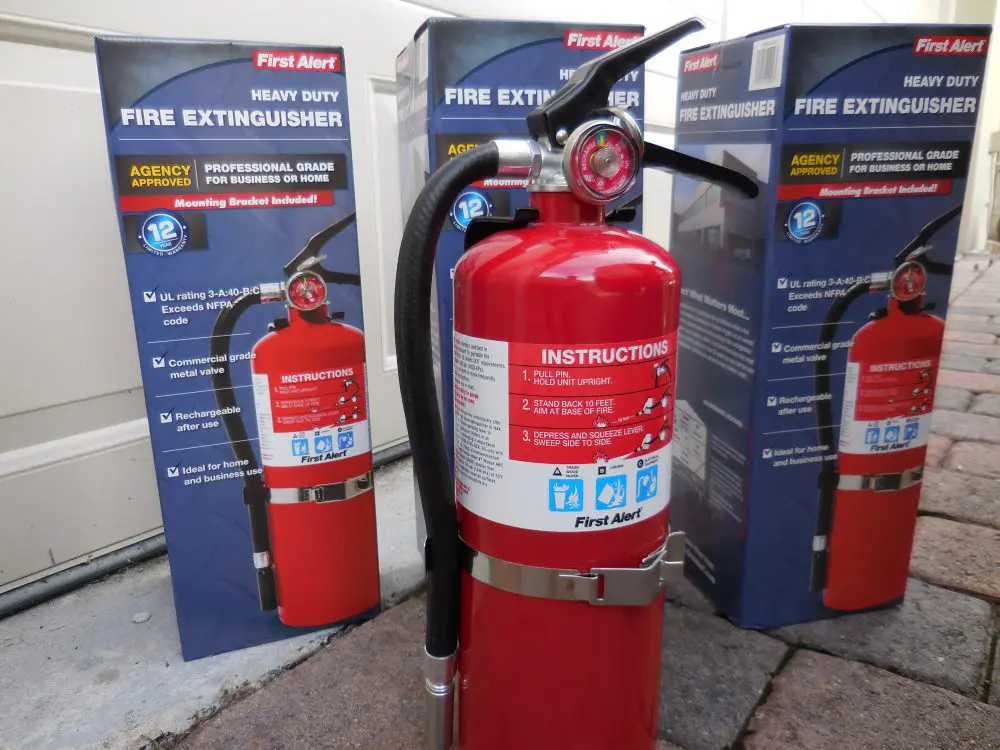On January 22, the U.S. Supreme Court agreed to hear a case that will shed more light on the Court’s view of the breadth of the Second Amendment’s protection of the right to keep and bear arms.
This will be the first time in nearly ten years that the Court has agreed to hear such a case, after having decided in McDonald v. City of Chicago in 2010 that the Second Amendment protects against infringements on the right to keep and bear arms perpetrated by not only the federal government, but by state and local governments as well.
Since then, gun rights advocacy groups have brought a fair number of other challenges to state and local gun laws to the Court, but all have been rejected unheard. Until now.
The case, New York State Rifle & Pistol Association v. City of New York, challenges the city’s bizarrely draconian restrictions on transporting handguns. Not, mind you, carrying a loaded firearm for self-defense, but merely transporting one, even unloaded and in a locked container.
In New York City, a license to carry a firearm for self-defense is nearly impossible to get, at least if the applicant is not extremely wealthy and famous, with friends in high places. The license to own a handgun within one’s home, although still far from easy for most people to get, is more attainable. But such a license does not allow moving one’s handgun outside one’s home except under extremely specific and narrow conditions.
It mainly allows the licensee to transport his or her handgun to one of the only seven NYPD-approved gun ranges within this city of well over eight million people and 450,000 square miles. Yes, one gun range per 1.17 million people, or per 67,000 square miles. It does not even allow a gun owner to take his or her handgun out of the city—an odd restriction given the city’s apparent view that the presence of handguns is itself a dire threat to public safety.
Gun ban zealots are shrilly frantic and indignant over what they already seem to believe will be an almost inevitable defeat for their agenda of the strictest possible government control over private gun ownership. An article in The Atlantic titled “Supersizing the Second Amendment” mourns that, “The Supreme Court just took a case that could lead to yet more guns on the streets.”
A perhaps even more hysterical article in Slate is titled “The Supreme Court Is Preparing To Make Every State’s Gun Laws Look Like Texas’.”
In the New Yorker, author Amy Davidson Sorkin manages sufficient restraint to limit herself to a reasonably sober headline, but still laments that the case is likely to allow Justice Brett Kavanaugh “to begin building what promises to be a disastrous pro-gun legacy.”
And their nervousness is not without some justification, in that it seems unlikely the city’s ridiculous gun transport ban will survive. Whether Justice Kavanaugh is as “pro-gun” as many of his anti-gun detractors and gun rights advocates believe remains to be seen, but his support for the right to keep and bear arms is almost certainly stronger than the very tepid Second Amendment enthusiasm of his predecessor, Justice Anthony Kennedy.
And it would seem utterly impossible to argue that the “bear” part of the right to keep and bear arms is not infringed by a law that makes it a crime for a licensed gun owner to carry even his or her unloaded and locked-up gun to one’s second home outside the city, or on a hunting trip.
Many (myself included) would argue that the right to bear arms goes much further than that, and can hardly have meaning if the firearm is required to be kept in a condition that renders it useless for self-defense. But the Supreme Court would not need to go that far to find for the plaintiffs and strike down the city’s law.
Gun rights advocates who hope they do go that far and establish a Supreme Court-recognized right to carry defensive firearms (whether openly or concealed) in public might be setting themselves up for disappointment. Chief Justice John Roberts has shown a tendency to avoid any temptation to rule any more broadly than is required to directly answer the question brought before the court, especially in a ruling that could be viewed as a departure from established court precedent.
A case like this, challenging a law so obviously unconstitutionally restrictive, is a perfect target, for the very same reason it’s not likely to be by itself particularly far-reaching. It’s so strict that it can be struck down without commenting on the thousands of less restrictive gun laws throughout the nation.
Though such a gun rights victory would be limited, it would still be a victory. A large number of judges appointed to the lower federal courts recently appear more receptive to gun rights—including the right to carry firearms—than the courts have shown for decades, and might read the Supreme Court’s rejection of a restrictive gun transport law as a signal to strike down other restrictive gun carry laws.
Further, this case might finally provide some guidance to the lower courts about what level of scrutiny gun laws must face. One would think that in order to adhere to a Constitutional commandment that the right to keep and bear arms shall not be infringed, courts would have to demand the strictest scrutiny, but even intermediate scrutiny would represent mortal peril for many gun laws across the nation.
In the end, though, American gun owners must never fall into the trap of counting on the court system as the last line of defense against forcible citizen disarmament tyranny. The last line of defense against those who would disarm American citizens can only be armed American citizens, with both the competence and the will to protect their lives and liberty—not necessarily in that order.
A former paratrooper, Kurt Hofmann was paralyzed in a car accident in 2002. The helplessness inherent to confinement to a wheelchair prompted him to explore armed self-defense, only to discover that Illinois denied that right. This inspired him to become active in gun rights advocacy.






